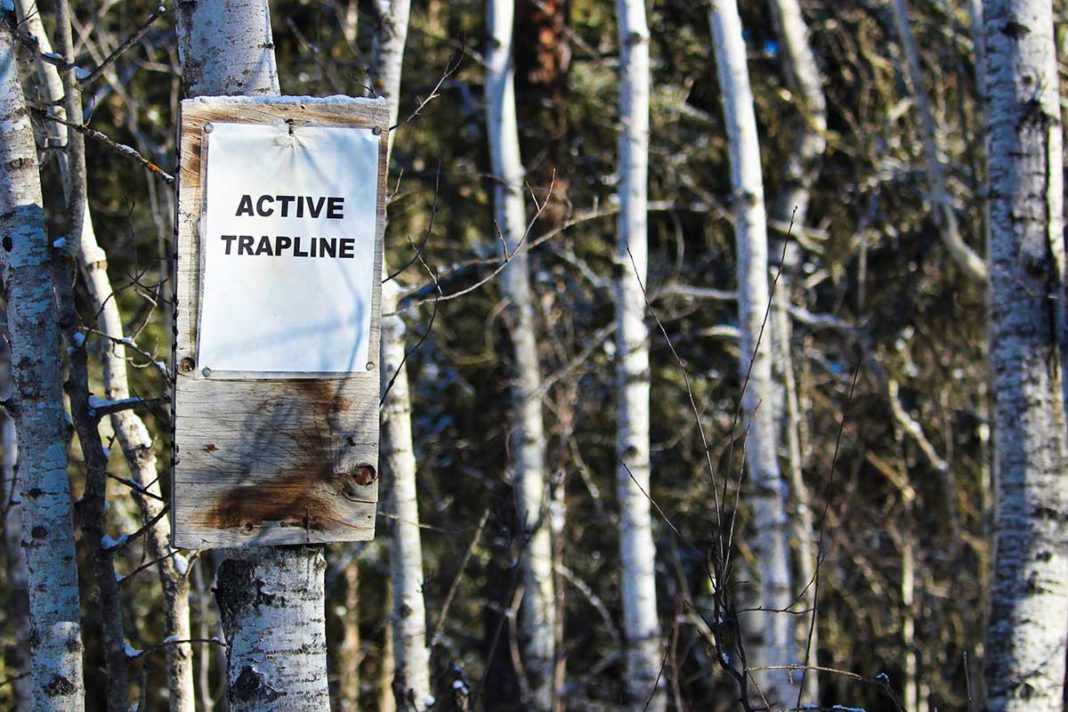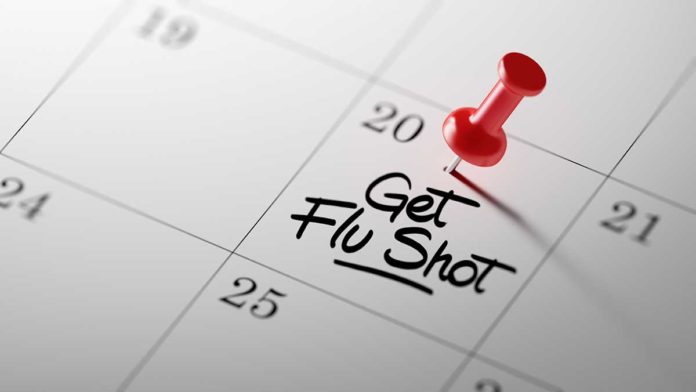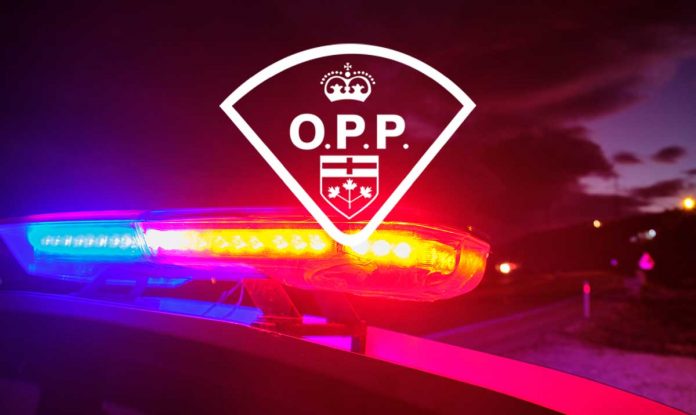MANITOULIN – At first glance, at least, the president of the Manitoulin Trappers Council (MTC) is in support of a proposed renewed approach to allocating registered traplines, announced by the province.
“Well, I’m very much in favour of the first part of this proposal,” stated George Hagen, this past Saturday. “This is something we had discussed and had concerns with last year (regarding the current registered trapline guidelines). I think this is a positive step, and the province is going in the right direction on this issue.”
“It definitely addresses some of the concerns trappers have with the registered trap lines,” said Mr. Hagen.
The proposal has been posted by the Ministry of Natural Resources and Forestry (MNRF) on September 17, with the policy public comment period to take place until December 16.
The proposal summary reads, “we want to renew the provincial trapline allocation policy to improve consistency and transparency in how registered traplines are allocated to licenced trappers throughout Ontario.”
It was explained, the management of furbearers on Crown land is regulated through the licensing of head trappers for registered trapline areas (registered traplines). Ontario’s trapline allocation policy provides provincial guidance for the consistent and fair allocation of registered traplines to support sustainable furbearer management.”
“The existing trapline allocation policy describes a series of steps to be followed in trapline allocation decision making. The existing policy recognizes that there are Aboriginal and treaty rights to engage in trapping activities and provides for priority allocation to Indigenous trappers with a documented historic family connection to a trapline. The existing policy also identifies a process to allow current head trappers to recommend a successor trapper and provides scoring criteria to evaluate applicants during open competitions for available traplines.
The provincial proposed changes note, “we are proposing to renew the trapline allocation policy to address known issues and concerns, to improve consistency in implementation and to reduce barriers for trappers. Specifically, the proposed revisions to the trapline allocation policy will: improve implementation with clear and consistent direction that enables family members to switch head trapper designation on a trapline under certain circumstances; reduce barriers for trappers by shifting the vacant trapline notification period to occur when training is commonly available and provide a consistent process for identifying Indigenous community traplines, and to further reduce barriers by filling a gap in policy direction to ensure inclusive recognition of First Nations and Métis peoples; and fill a gap in policy direction by providing appropriate guidance for authorizing trapping on other Crown land areas (outside of registered traplines).
These changes aim to address the range of issues and concerns expressed by trappers, Indigenous organizations and communities, and trapping stakeholder groups.
“A lot of our trappers are older and unfortunately they are dying off,” said Mr. Hagen. “And with the current policy, family members who had been involved in trapping have not been getting to carry on these licences (when the lead trapper has passed on), even though they have been helping with trapping down through the years. This new policy will help with that. But I wish the proposal went further, to include someone who has been a helper to a lead trapper for many years but is not a family member; they should also have first right to these trapping licences.”
“But the proposal that is being put forward seems to be positive and going in the right direction,” added Mr. Hagen.





